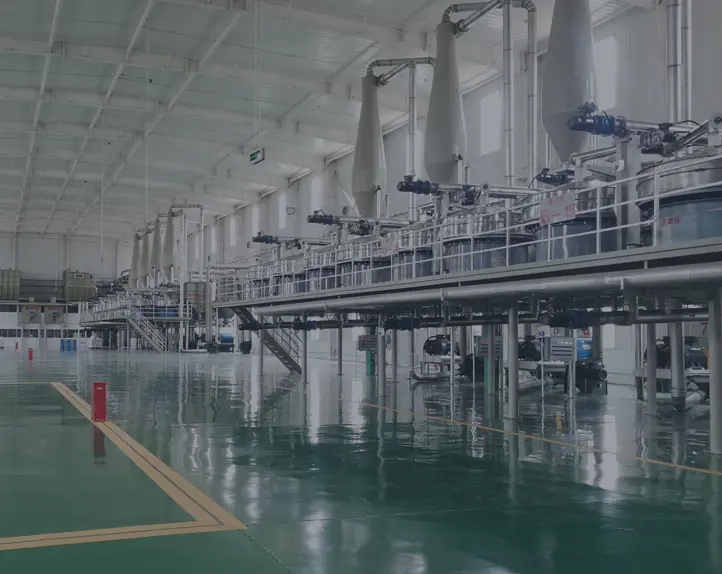
ಡಿಸೆ . 10, 2024 04:43 Back to list
A Comprehensive Guide to HPMC for Gypsum Applications in Construction
HPMC for Gypsum Enhancing Performance and Sustainability
Hydroxypropyl Methylcellulose (HPMC) has emerged as a critical additive in the production and formulation of gypsum-based products. As a non-ionic, water-soluble polymer derived from cellulose, HPMC plays an essential role in enhancing the performance, workability, and sustainability of gypsum applications, particularly in the construction industry.
What is HPMC?
HPMC is a modified cellulose ether that offers unique properties such as water retention, improved adhesion, and enhanced binding capabilities. Its chemical structure allows it to dissolve in cold water, forming a viscous solution. This solubility makes HPMC an ideal additive for a variety of building materials, including gypsum plasters, wallboard, and tile adhesives. The incorporation of HPMC in gypsum formulations not only improves their performance characteristics but also contributes to the overall sustainability of the products.
Benefits of Using HPMC in Gypsum Applications
1. Improved Workability One of the primary advantages of adding HPMC to gypsum mixtures is its ability to enhance workability. By increasing the viscosity of the slurry, HPMC allows for better control during application, making it easier for workers to handle and mold the material. This improved workability leads to smoother finishes and more consistent results in construction projects.
2. Water Retention Gypsum products, during the drying and setting process, are susceptible to rapid moisture loss. HPMC acts as a water-retaining agent, ensuring that sufficient moisture remains within the mix for a prolonged period. This characteristic is crucial for achieving optimal setting times, reducing the risk of cracking, and enhancing the overall durability of the final product.
3. Enhanced Adhesion The addition of HPMC to gypsum formulations significantly improves their adhesion properties. This is particularly important in applications such as drywall installation and tiling, where strong bonding is essential for structural integrity. Enhanced adhesion also minimizes the likelihood of delamination, ensuring that surfaces remain intact over time.
hpmc for gypsum

4. Increased Flexibility Gypsum-based products often face mechanical stresses during their lifespan. HPMC contributes to the flexibility of these materials, reducing the risk of cracking under strain. This flexibility not only enhances performance but also extends the lifespan of the product, making it a cost-effective option in the long run.
5. Sustainability In today's environmentally conscious market, the demand for sustainable building materials is on the rise. HPMC can be derived from renewable cellulose sources, and its use can lead to reduced environmental impact when compared to synthetic alternatives. By incorporating HPMC into gypsum products, manufacturers can create greener options that meet both performance and sustainability standards.
Applications in the Construction Industry
The versatility of HPMC allows for its application in various gypsum products, including
- Gypsum Plasters HPMC improves the ease of application and finish quality in gypsum plaster formulations, making them more appealing for interior decoration. - Drywall In the production of drywall, HPMC enhances the adhesion between gypsum core and paper facing, contributing to the overall strength of the panels.
- Tile Adhesives The water retention properties of HPMC ensure that tile adhesives remain workable for longer periods, allowing for better placement and adjustment during installation.
Conclusion
HPMC is a valuable additive in the formulation of gypsum-based products, offering numerous benefits that enhance performance, workability, and sustainability. As the construction industry continues to evolve, the demand for effective and eco-friendly materials is paramount. The integration of HPMC into gypsum applications not only addresses these needs but also contributes to the development of innovative building solutions that prioritize both functionality and environmental responsibility. As we move toward a more sustainable future, the role of additives like HPMC in gypsum production will undoubtedly become even more significant.
-
Versatile Hpmc Uses in Different Industries
NewsJun.19,2025
-
Redispersible Powder's Role in Enhancing Durability of Construction Products
NewsJun.19,2025
-
Hydroxyethyl Cellulose Applications Driving Green Industrial Processes
NewsJun.19,2025
-
Exploring Different Redispersible Polymer Powder
NewsJun.19,2025
-
Choosing the Right Mortar Bonding Agent
NewsJun.19,2025
-
Applications and Significance of China Hpmc in Modern Industries
NewsJun.19,2025







